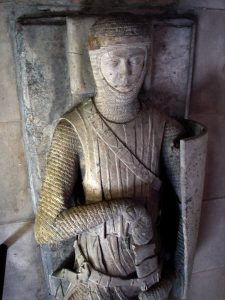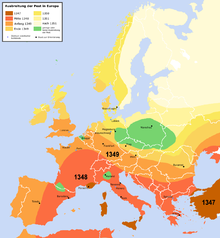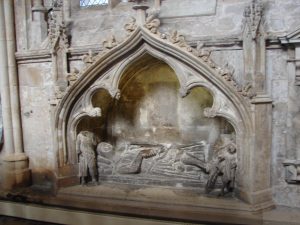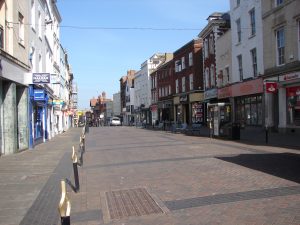 The title of the fourth book, Templar’s Prophecy, in my Lady Apollonia West Country Mystery Series, is based on a mid-14th century encounter in the prologue between an Englishman from Cirencester and a survivor of the Knights Templars. The Templars had ceased to exist as an organisation after 1312. For the previous two centuries, their order had been a significant force of military monks both in Europe and in the Near East. Martin Harlech’s encounter was an opportunity for me to bring the Templars into one of my stories.
The title of the fourth book, Templar’s Prophecy, in my Lady Apollonia West Country Mystery Series, is based on a mid-14th century encounter in the prologue between an Englishman from Cirencester and a survivor of the Knights Templars. The Templars had ceased to exist as an organisation after 1312. For the previous two centuries, their order had been a significant force of military monks both in Europe and in the Near East. Martin Harlech’s encounter was an opportunity for me to bring the Templars into one of my stories.
The Templars originated during the Crusades when they were founded as a Roman Catholic military order in 1119. The order also became known for building fortifications and churches in England and in Europe as well as developing early forms of banking. In the early 12th century, the Templars were needed in the Holy Land to protect pilgrims from bandits and other marauders as they sought to make their way inland to the Holy City of Jerusalem.
Originally the order was known as the Poor Knights of Christ and the Temple of Solomon because they were granted headquarters in a palace on the Temple Mount, thought to have been built over the ancient Temple of Solomon. This led to the abbreviated name, Knights Templar. They accumulated extraordinary wealth over two centuries which led the French king in1307 to seize Templar assets, torture forced confessions from individuals, and burn Templars at the stake, which destroyed the order. By 1312, the pope disbanded the order.
My husband and I encountered evidence of the Templars in various places during our travels. In 1993, for example, we ran across several examples in the United Kingdom. In Bristol, we found the ruins of a Templar church. There is also the Templar church in London from which the Temple district gets its name. We have visited this church several times and one of the effigies in that church, shown above, was used on the front cover of my book.
On a visit to Scotland in 1993, we visited Roselyn Chapel near Edinburgh and found that there were legends about a connection this 15th century chapel had with Knights Templars after the organisation was eliminated in 1312, but we found no solid evidence to support this claim. We did find an example of a Templar fortification in Ponferrada, Spain, when we passed through that town on our way to visit Santiago de Compostelo in 2002.
For more on Knights Templar, click on
https://en.wikipedia.org/wiki/Knights_Templar or on
https://en.wikipedia.org/wiki/History_of_the_Knights_Templar



